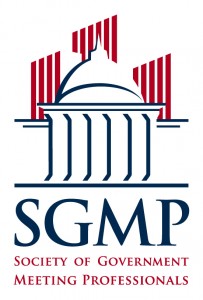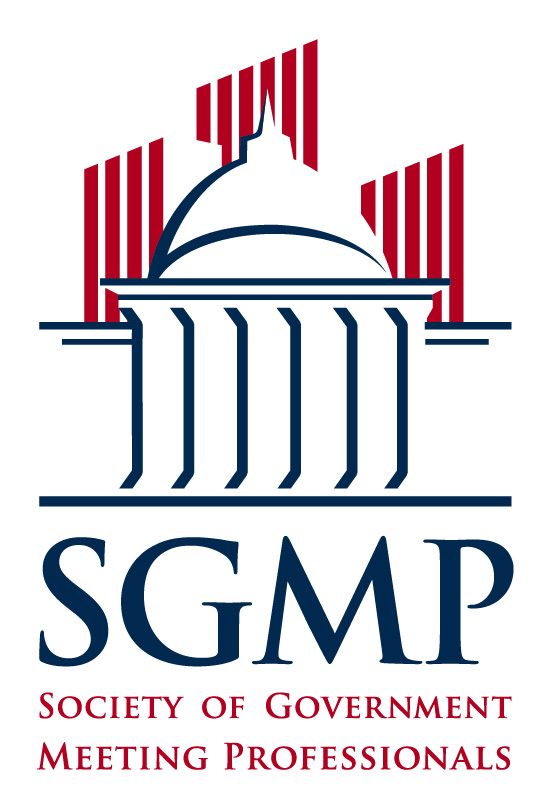13 Data Security Tips for Meeting Professionals – SGMP
I just finished delivering a keynote speech for the Society of Government Meeting Professionals (SGMP) at their annual convention on identity theft and protecting data in the meetings industry. Data security is a top concern in this industry because it is probably one of the most highly-targeted groups for identity theft, social media fraud, data breach and social engineering. Here’s why:
- Meeting professionals collect, store and transmit massive amounts of private data on attendees
- Data theft risk skyrockets when travel is involved, which is a frequent occurrence for meeting planners and professionals
- Meeting professionals are busy nearly 24 hours a day once they are onsite for the conference or meeting, meaning that they are highly distracted
- A single data breach of attendee data can put the organization responsible for the event out of business due to excessive costs and tight compliance regulations
- Conferences are generally collections of highly professional, highly valuable attendees who travel with laptops, sensitive intellectual property, smartphones, unsecured WiFi connections, etc.
Meeting professionals have enormous responsibilities throughout every stage of the planning process. Identity thieves target conferences because of the sheer quantity and value of data circulating around these events. Protecting sensitive attendee data before, during and after the event has become not only a nicety, but a necessity. Data stolen during the planning, execution or clean-up phases of your event can hamstring your organization with financial liabilities and a public relations nightmare. Start by taking these steps:
Meeting Security Before the Event
- Secure Your Online Reservation System. If you are going to use online registration, invest in a system that delivers not only efficiency, but security. It is your legal, financial and ethical responsibility to protect your attendees’ personal information. Don’t try to do it all yourself. Hire a reputable technology provider to ensure that your data is protected behind firewalls, encryption, passwords, updated operating systems, security software and safe wireless.
- Educate Attendees. Before they ever begin their travels, attendees should read through a quick 2-minute tip sheet on how to protect themselves while going to a conference. Simply making them aware of some of the risks that exist traveling (laptop theft, unprotected WiFi, smartphone hijacking, etc.) will cause them to pay greater attention on-site.
- Minimize Data Collection. Collect only the data that you absolutely need and destroy it as soon as you are finished. Once you have processed credit cards, purge that information from your system. The quicker that you properly dispose of sensitive data, the lower your risk and liability.
- Minimize Physical Files. Take as few physical files with you to the event (attendee lists, etc.) as these are easily misplaced when traveling and distracted. The more that you can keep behind a password protected, encrypted computer, the better.
Meeting Security Traveling to the Event
- Protect Your Laptop. Almost 50% of serious corporate data theft occurs because a laptop computer is stolen. In addition to the standard forms of protection (passwords, encryption, anti-virus, etc.), carry as little data on your laptop as possible. And never leave the laptop unattended unless it is locked in your hotel room safe. Identity thieves target business travelers because they are generally rushed, distracted and carrying valuable data.
- Think Twice about Free Wi-Fi. It is very convenient (and dangerous) to use a free wireless connection to the Internet provided by an airport, café or hotel. Unfortunately, it is nearly impossible to distinguish if you are on a safe network or one that allows thieves to pirate your information. Unless you are absolutely sure about the security in place, refrain from sending any sensitive material over a wireless connection that your IT department hasn’t configured or approved.
Meeting Security Onsite
- Educate Attendees. Make frequent announcements at the start of each segment of your programming to remind attendees that they should not leave purses, laptops or files unattended. In addition, warn them to take care of their belongings in pre-conference material and encourage them to leave as much sensitive data at home or in the office as possible.
- Room Monitors. Have room monitors that check badges as attendees are entering the room and that monitor purses and laptops that are left in the room during breaks (even if you warn people, some will still leave items). Make sure that you announce that room monitors are watching so that you let any would-be opportunists know that someone is watching. Just this one piece of information should discourage theft.
- Control Digital Access. Make sure that only authorized users can access your onsite registration system. Don’t leave laptops or registration lists unattended, as they are a goldmine of sensitive data. Make sure you are using a VPN and secure wireless connection to connect back to your office or database server. Deactivate your USB drives so that data cannot be easily copied onto a USB thumb drive when you aren’t looking.
- Provide Secure WiFi for Attendees. Setup secure WiFi (requiring a password) for your staff and attendees so that they are not broadcasting their private information over an unprotected network (which they are doing anytime they use a free hotspot without a password). Make sure that your contact onsite understands your security needs and concerns. That is part of the service they are providing.
- Control Physical Access. Use a system of photo ID badges and room monitors to make sure that only authorized attendees have access to highly sensitive areas. You don’t want your biggest competitor to gain access to the meeting where you reveal next year’s strategy.
- Shred Unneeded Documents. If you no longer need registration information on an attendee, shred it immediately. Every hotel or conference center should have shredders onsite that you are able to utilize. If they don’t, you might ask yourself how well they are protecting your data.
Meeting Security After the Event
- Destroy the Evidence. When the conference or meeting is over, shred any remaining physical documents you no longer need. Purge digital files from your systems, especially those containing credit card or Social Security numbers. The less you keep on hand, the lower your changes of theft.
Above all, don’t forget to educate your staff and attendees on the risks of data theft while attending a conference. Higher levels of awareness drastically reduce the incidents of attendee identity theft and corporate espionage.
John Sileo is the award-winning author of Privacy Means Profit and America’s leading speaker on identity theft prevention, social media exposure, online reputation management and information leadership. Learn more about his keynote speeches on a variety of topics or call directly on 1.800.258.8076.
Sorry, comments for this entry are closed at this time.











No Comments Yet
You can be the first to comment!